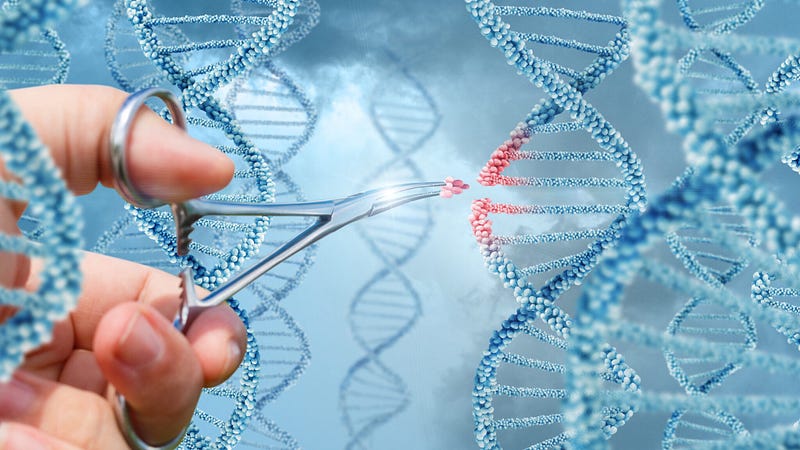CRISPR Breakthrough: First Successful Human Trials Outside China
Written on
Chapter 1: Promising Advances in Gene Editing
Recent human trials utilizing CRISPR technology outside of China have yielded successful outcomes. Two biotech firms have managed to alleviate symptoms in patients suffering from distinct blood disorders, indicating a potential breakthrough in revolutionary medical treatments. Preliminary findings from these initial trials suggest that a new era of human gene editing is beginning. This announcement was made by CRISPR Therapeutics and Vertex Pharmaceuticals.
These findings mark a significant milestone as it represents the first successful human trials conducted outside of China. In November 2018, the medical community was shaken when Chinese biophysicist He Jiankui revealed that he had modified the DNA of twin girls using CRISPR before their birth.
Recently, Chinese scientists made headlines again, claiming they utilized CRISPR to attempt treatment on a male patient infected with both HIV and cancer. While the results indicated a possible cancer cure, the HIV virus persisted. Such reports are often met with skepticism, particularly given the government-controlled media in China.
“We are very encouraged by these preliminary data, the first such data to be reported for patients with beta-thalassemia and sickle cell disease treated with our CRISPR/Cas9 edited autologous hematopoietic stem cell candidate, CTX001.”
~ Samarth Kulkarni, CEO, CRISPR Therapeutics
The recent study not only addresses skepticism surrounding Chinese claims but also the potential of this innovative medical tool. The American biotech firms initiated a global trial for their treatment, named CTX001, back in February. This therapy aims to tackle two inherited blood disorders: beta-thalassemia and sickle cell disease.
Section 1.1: Understanding the Treatment
Both conditions stem from mutations in a single gene that lead to a severe shortage of hemoglobin, the molecule responsible for oxygen transport in the bloodstream. The therapy involves editing the patient's stem cells to activate a second copy of the hemoglobin gene, which typically remains inactive in adults. After this gene editing process, the modified stem cells are reintroduced into the patients' bodies.

Section 1.2: Remarkable Results
The outcomes of the treatment have been nothing short of miraculous. A patient with beta-thalassemia, originally from Europe and requiring 16 blood transfusions annually, has not needed even one since undergoing the therapy. Meanwhile, the patient with sickle cell disease no longer endures the painful episodes typically associated with their condition.
While both patients experienced some side effects, these were mainly linked to the extraction of existing bone marrow, which was replaced with CRISPR-edited stem cells. A two-year follow-up study is planned to assess the safety and effectiveness of this treatment. Phase 1 and Phase 2 trials will precede the larger Phase 3 trial necessary for final approval for market use. The complete implementation of this treatment may still be a few years away.
Chapter 2: The Future of Gene Editing
The Gene Editing Scandal that Shook the World - This video explores the controversial revelations surrounding CRISPR technology and its implications for the future of genetic engineering.
Scientist claims he helped create world's first genetically-modified babies - This video delves into the claims made by a scientist regarding the genetic modification of infants and the ethical debates that followed.
Researchers will continue to monitor the long-term safety profiles of these groundbreaking treatments. Nonetheless, CRISPR gene-editing methods are demonstrating significant promise for addressing genetic disorders in humans. Stay updated with the latest developments—subscribe to my mailing list.